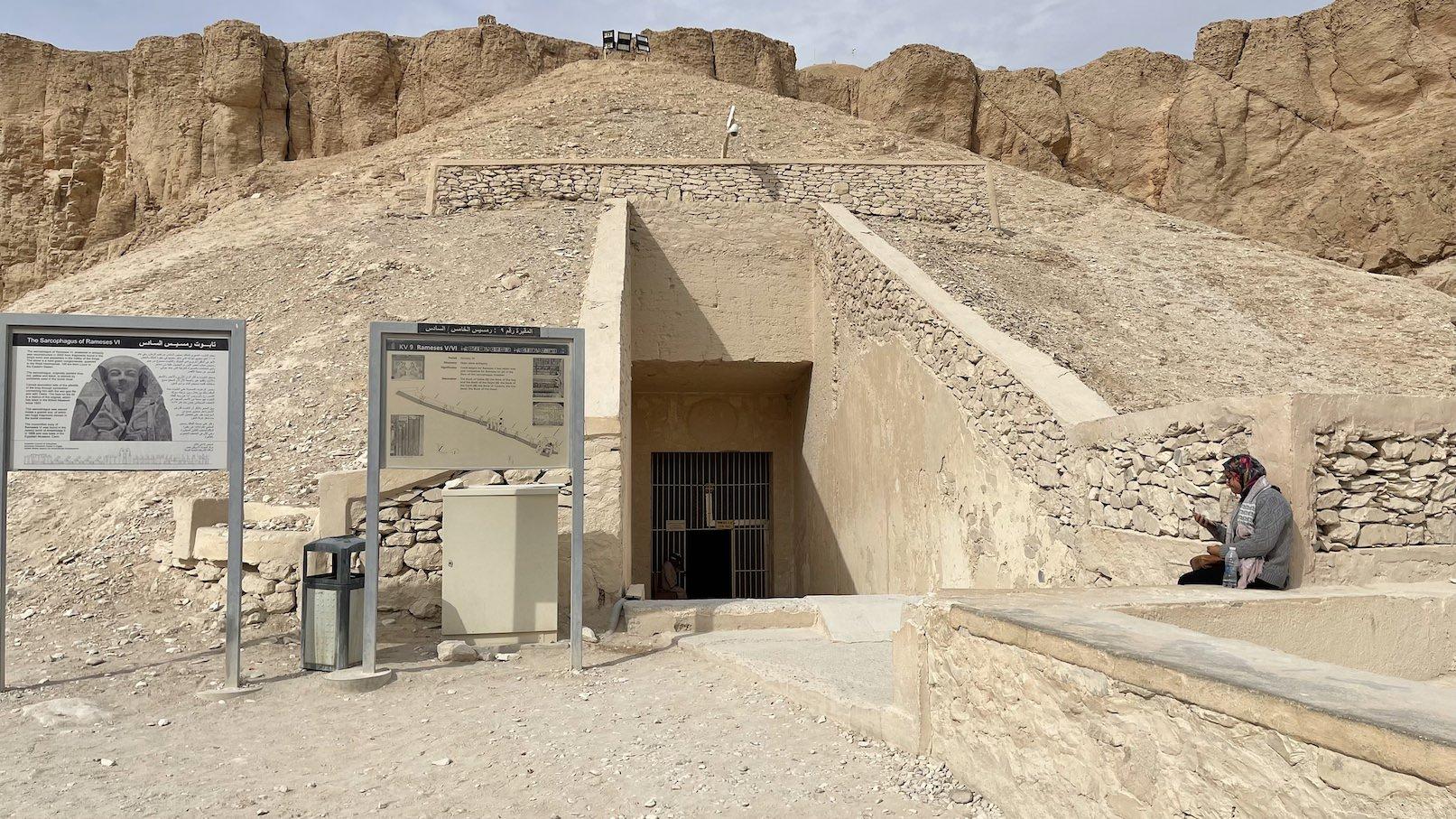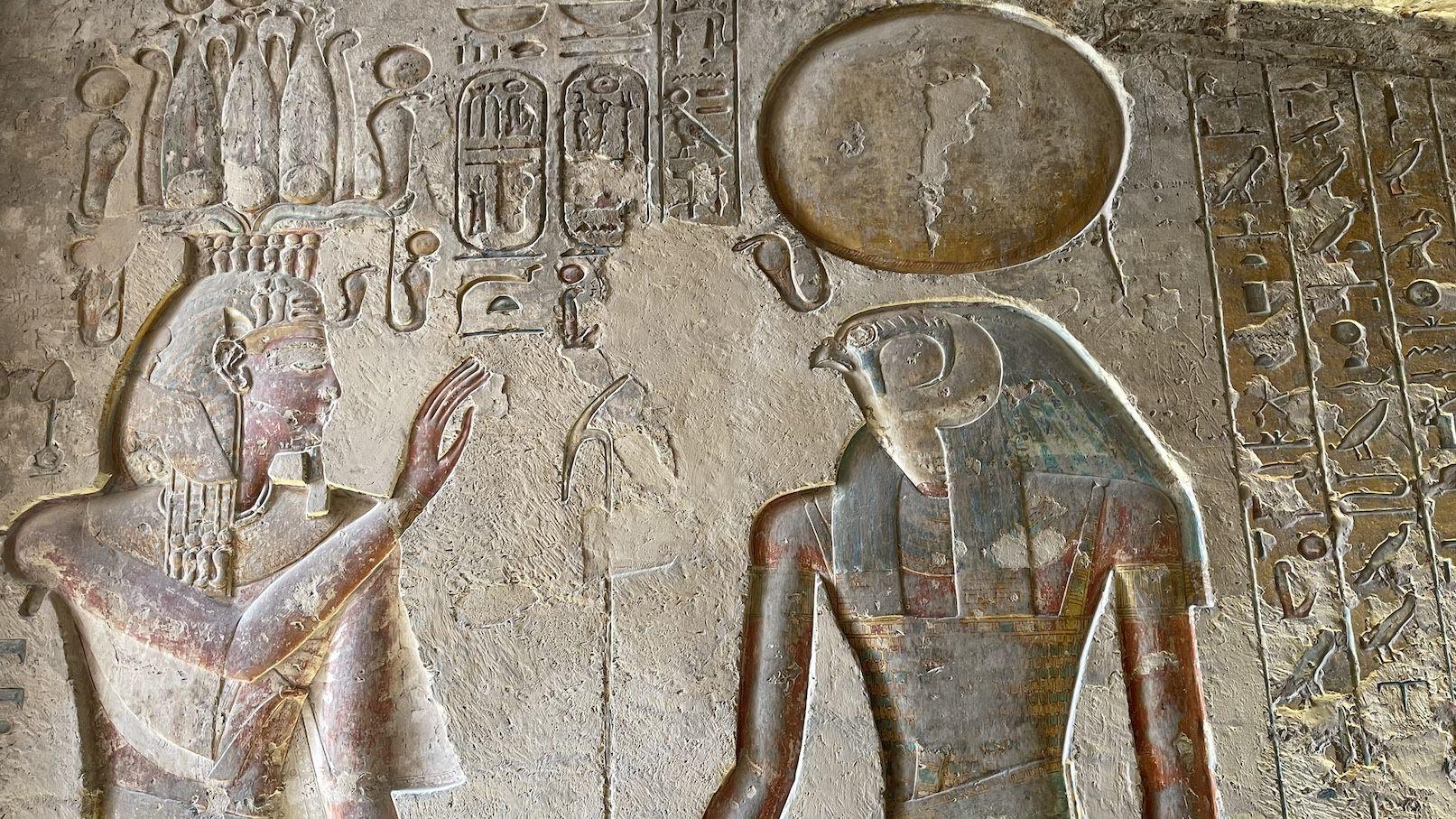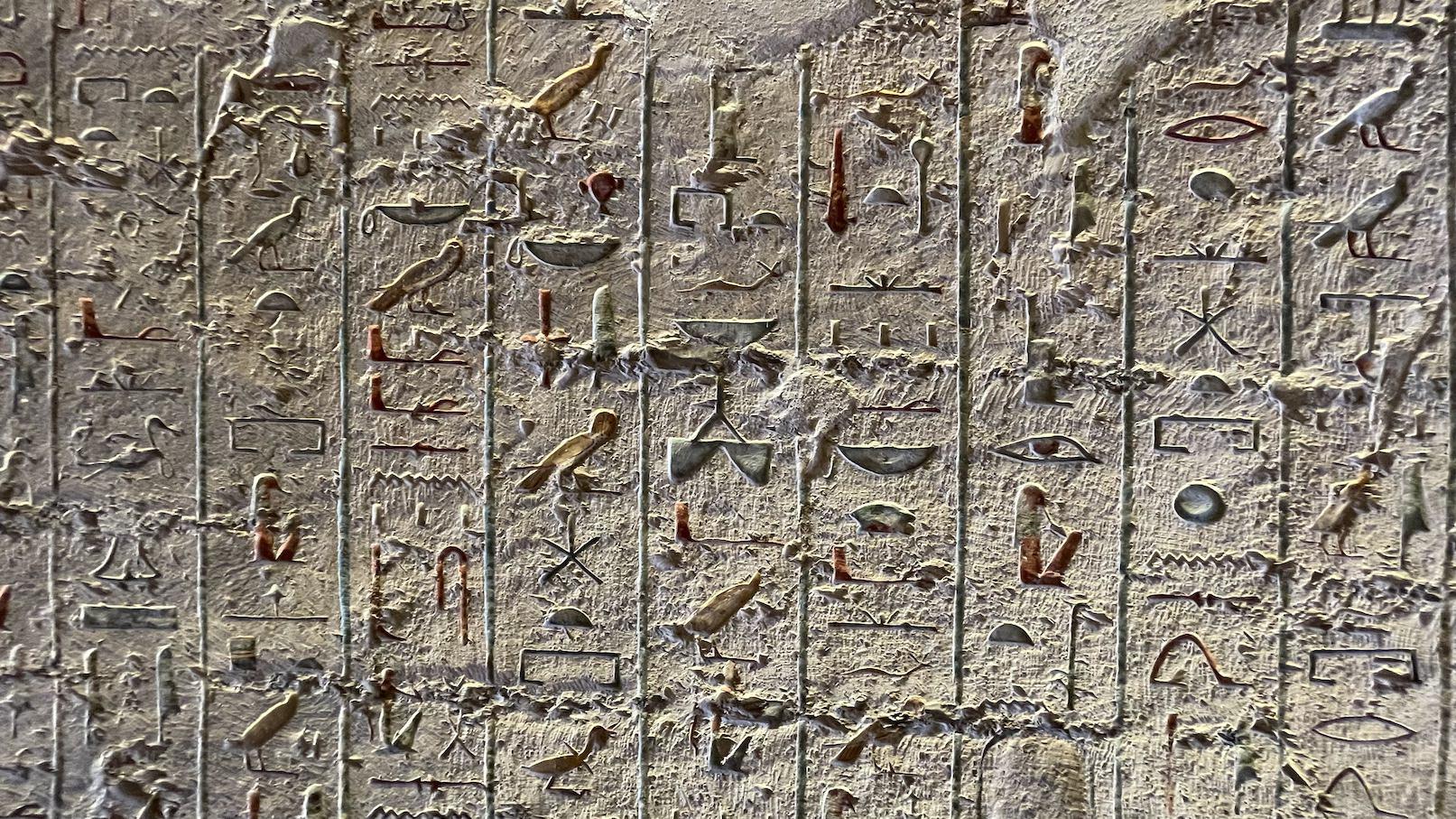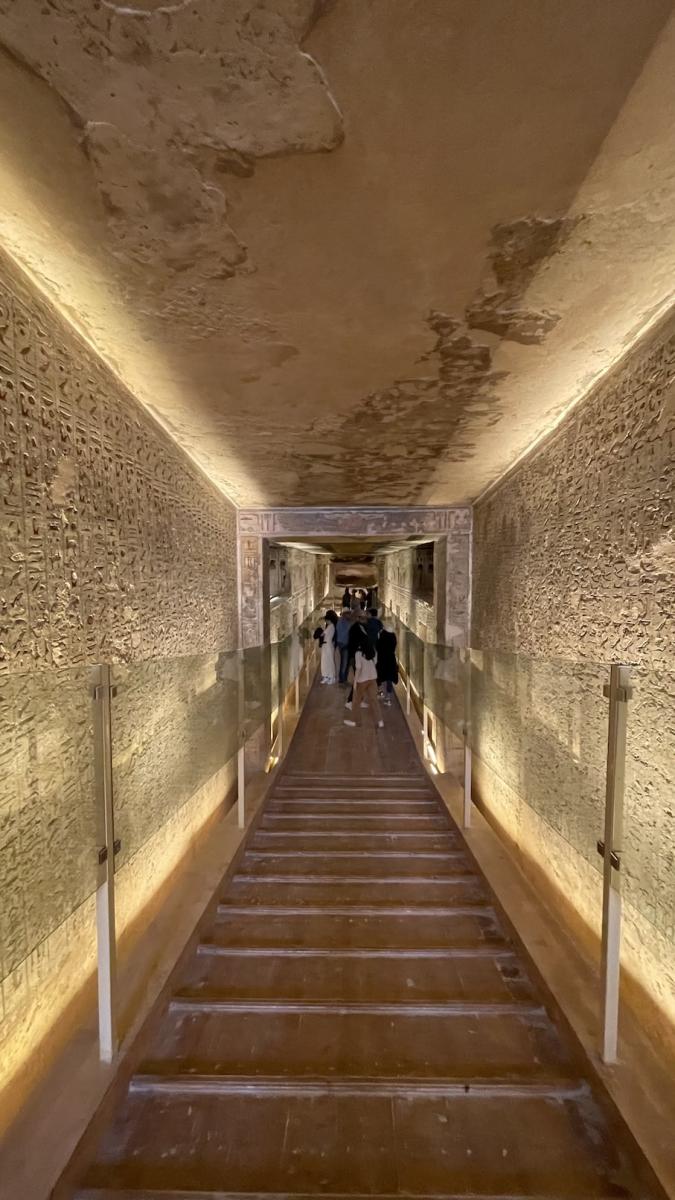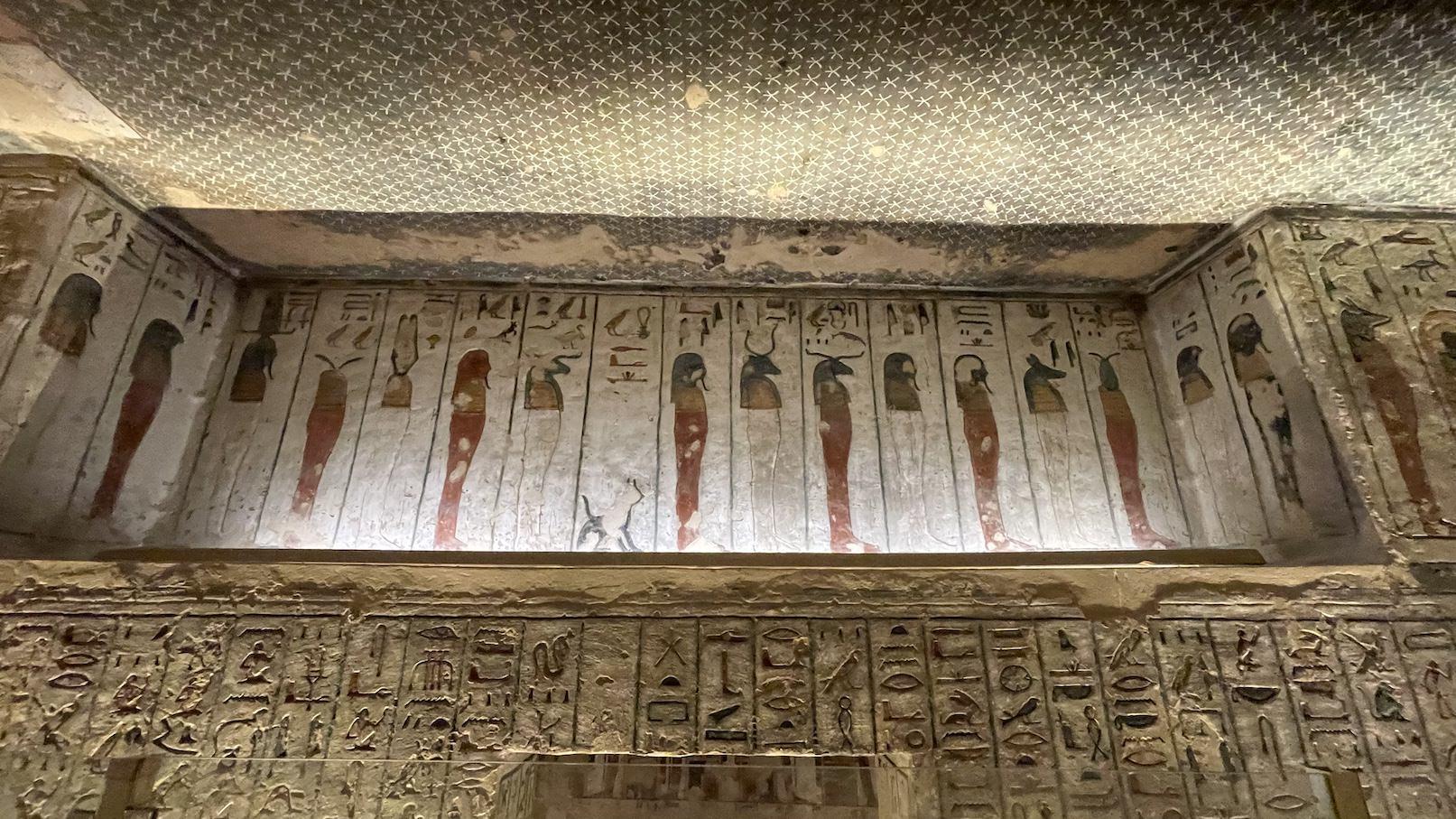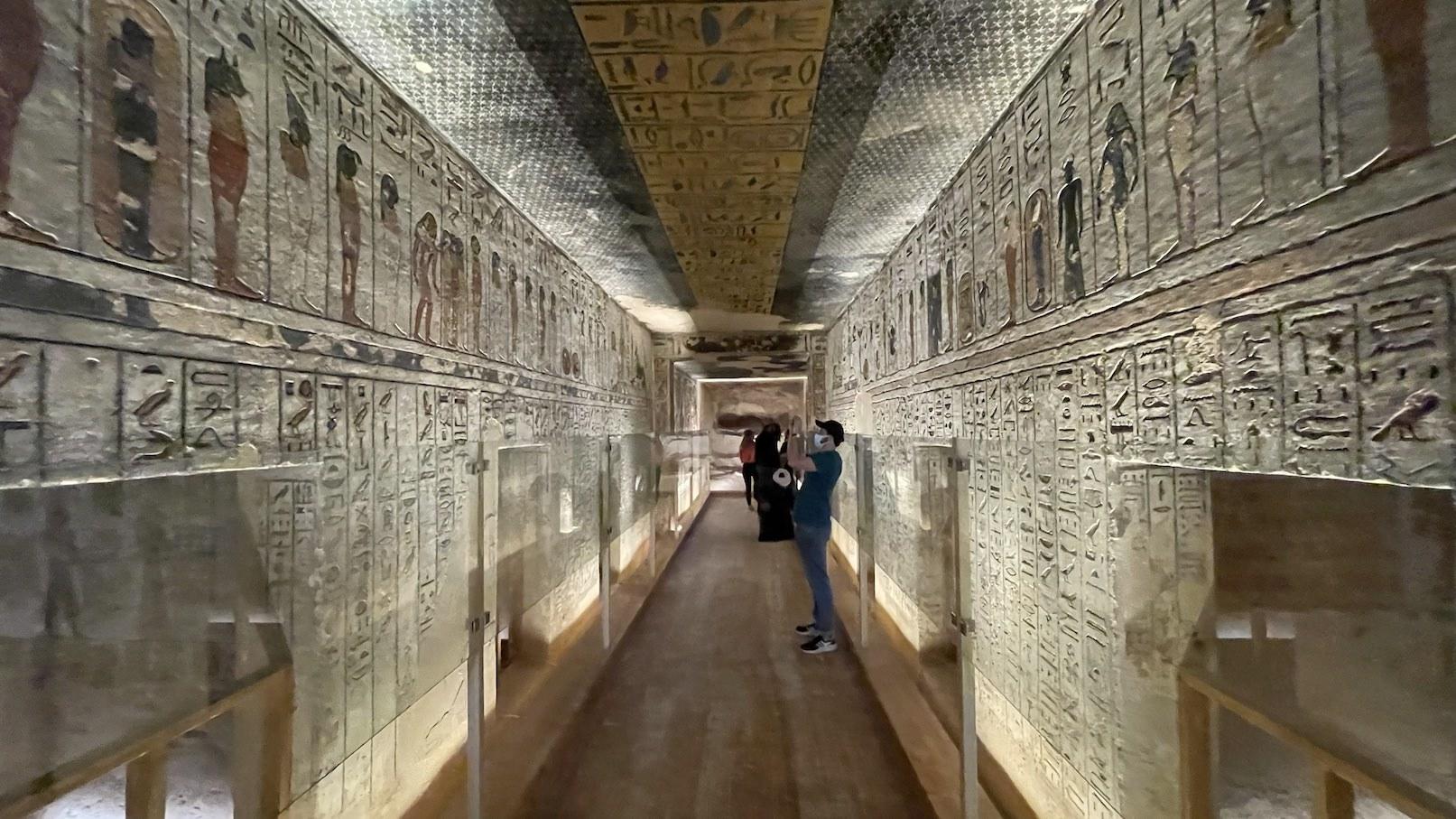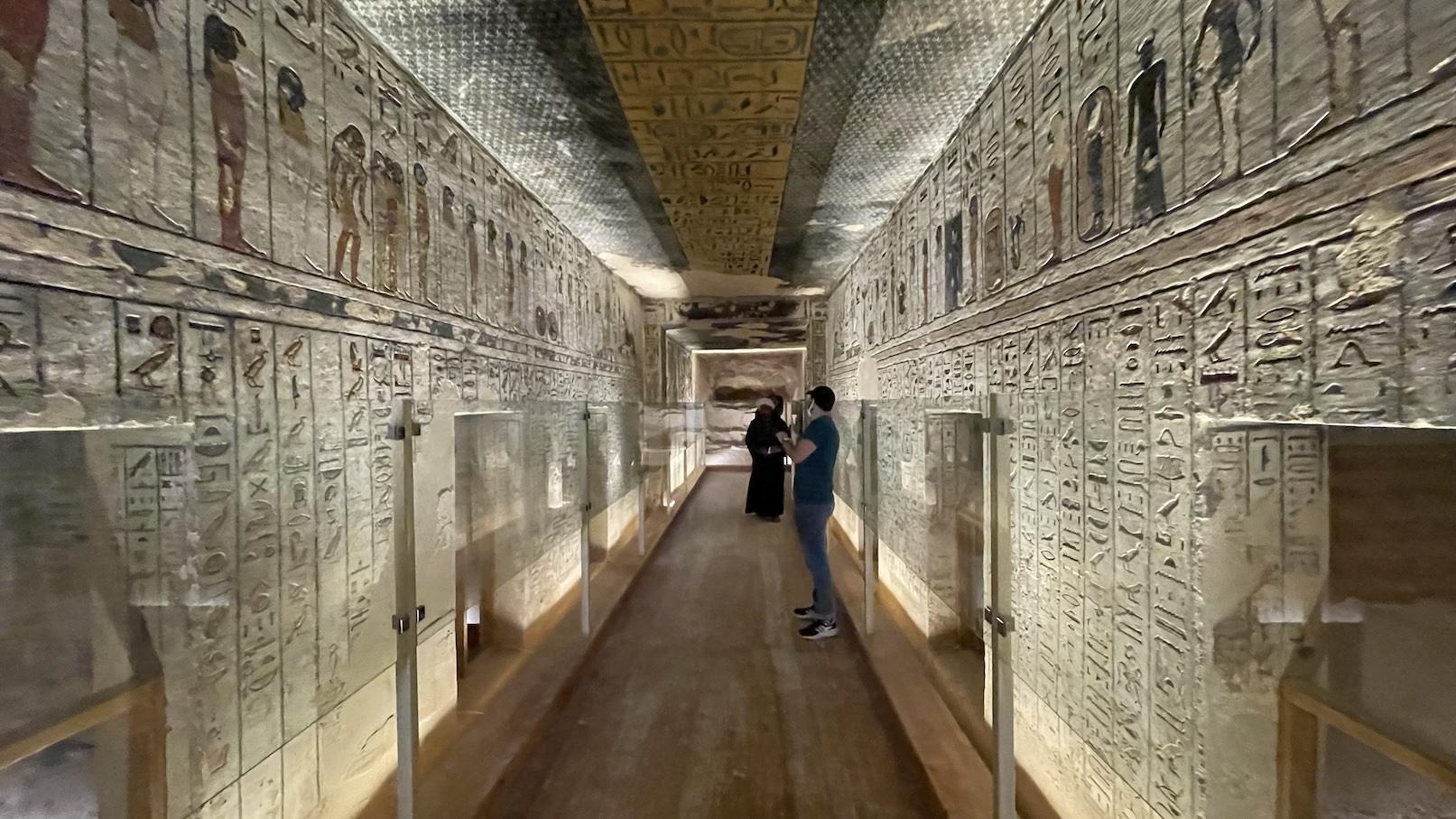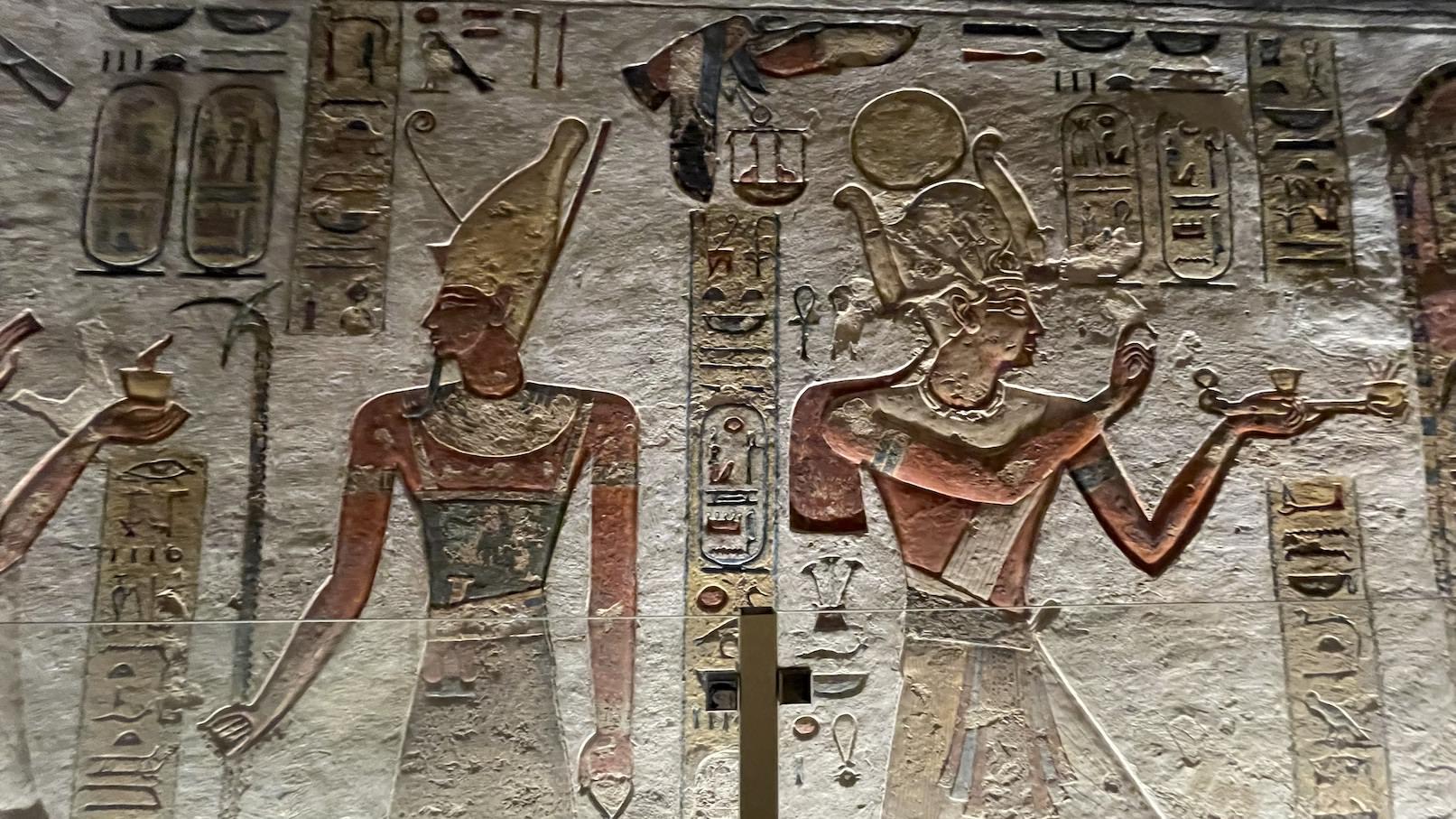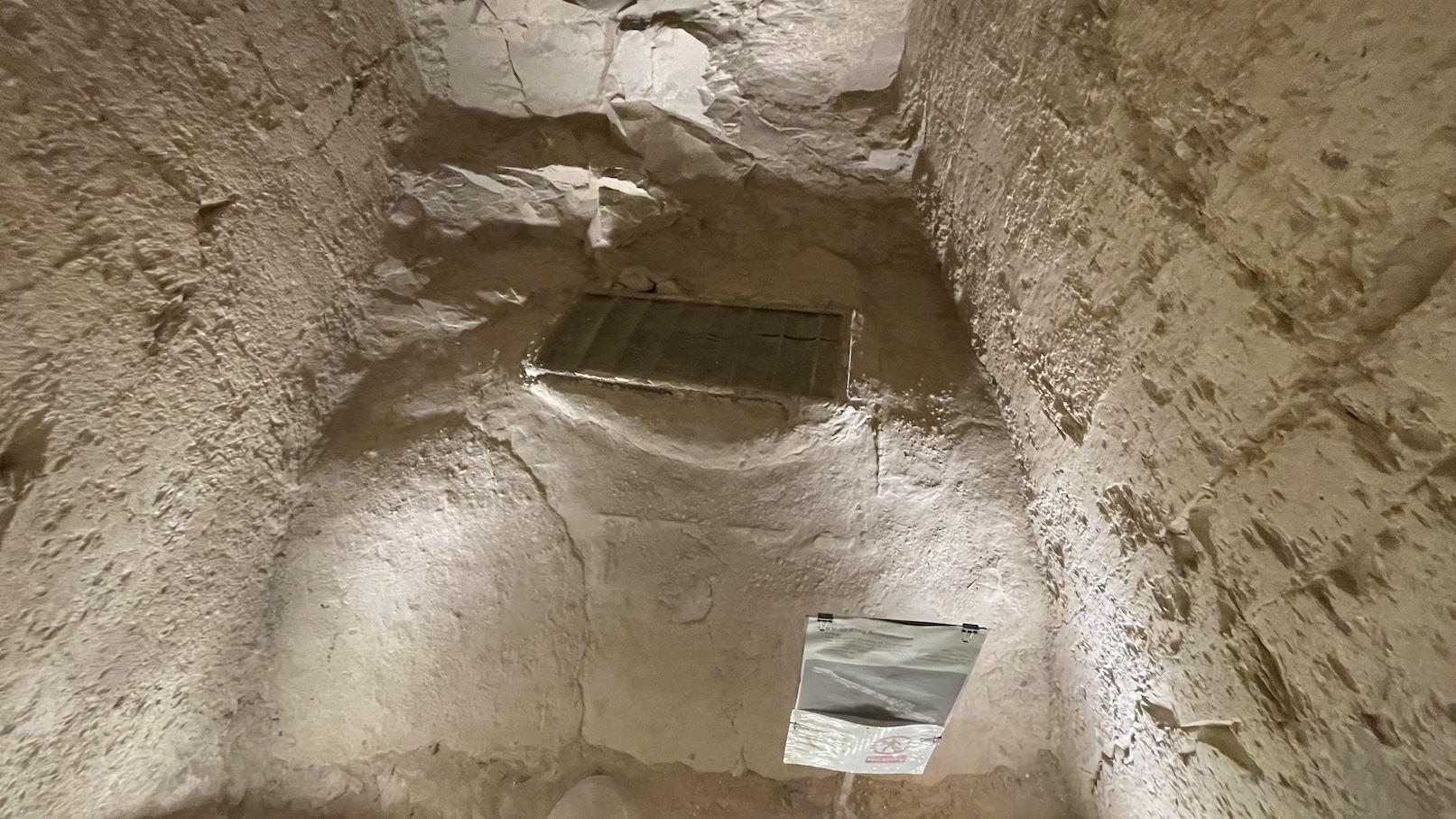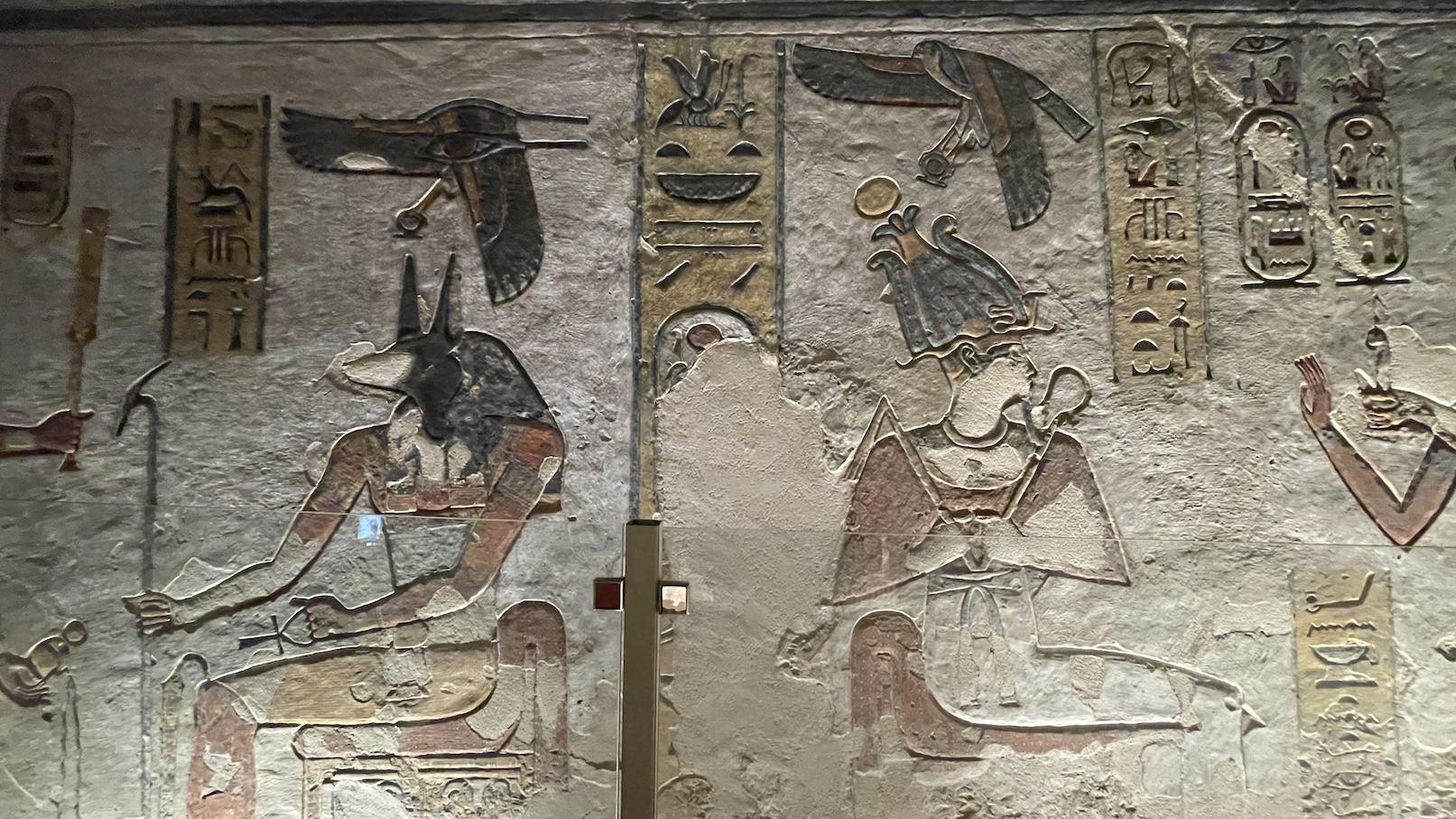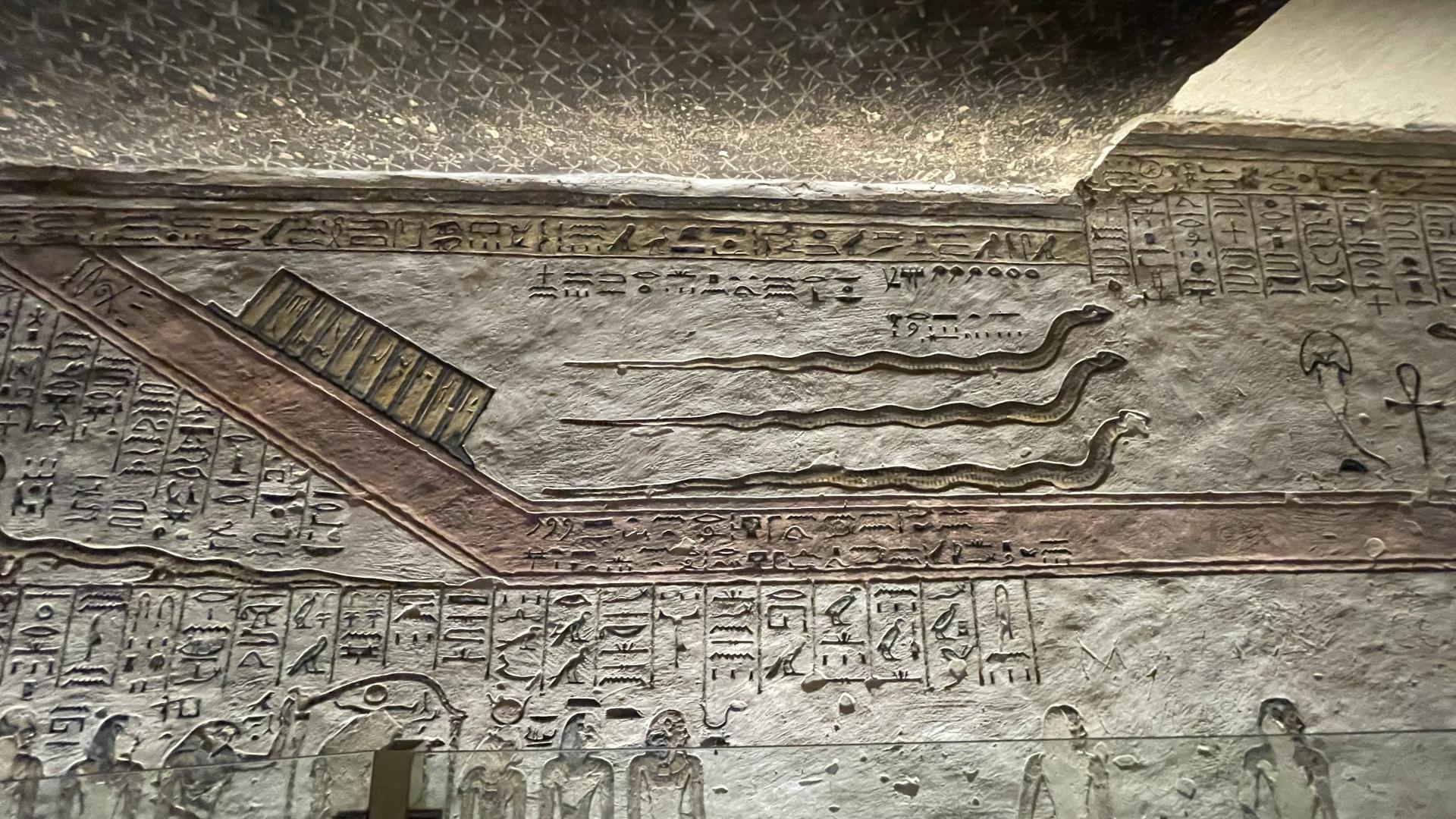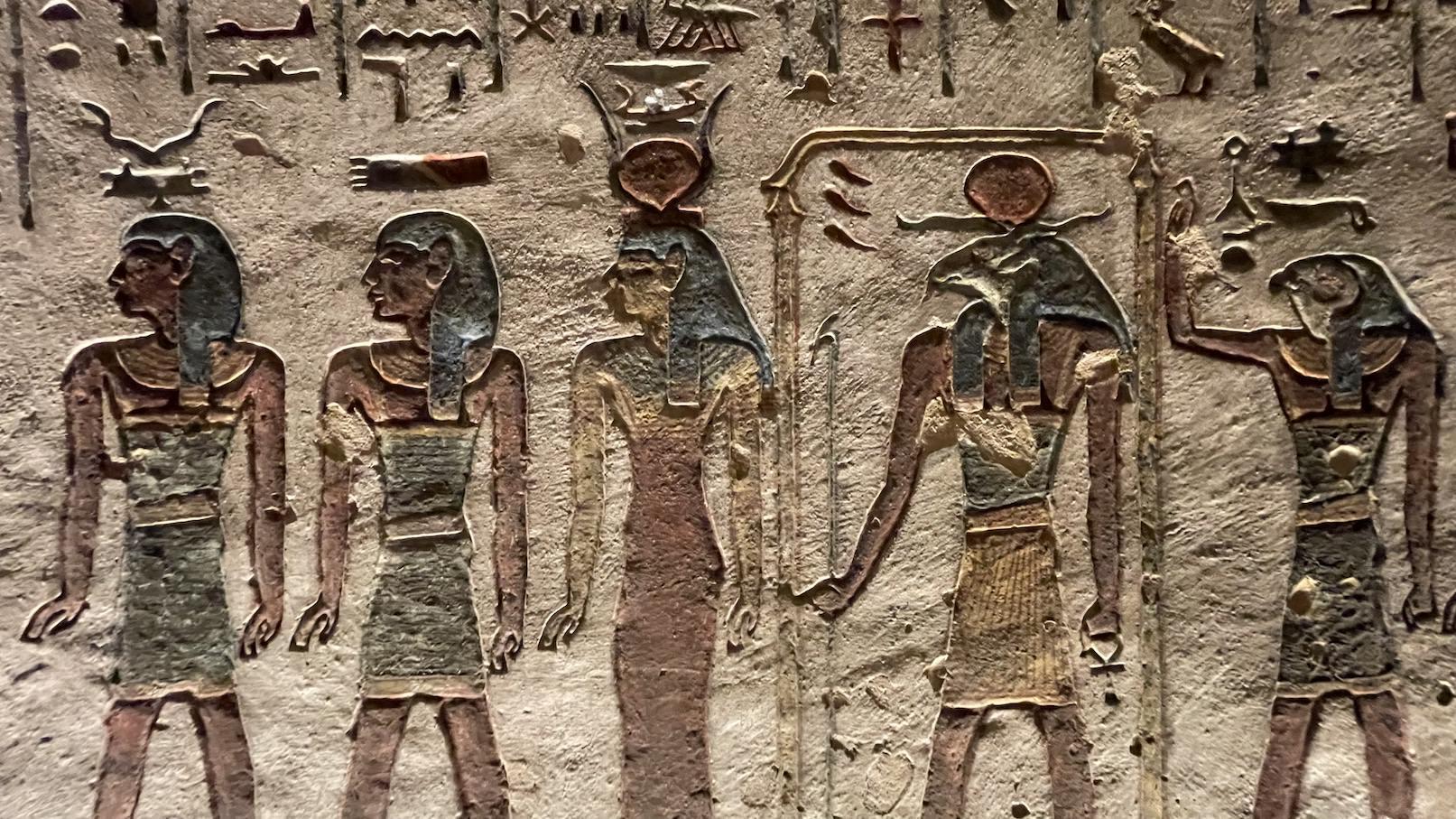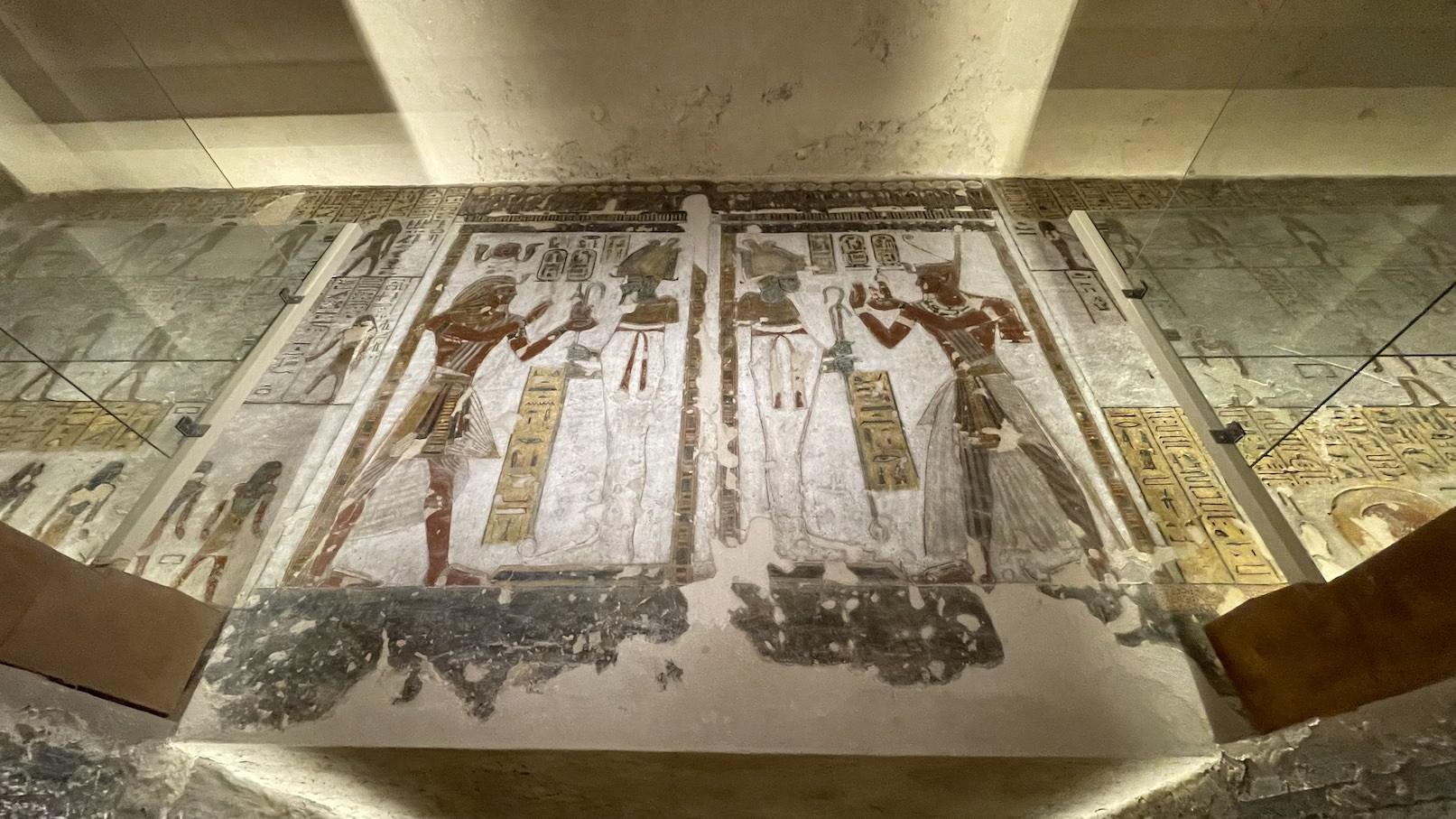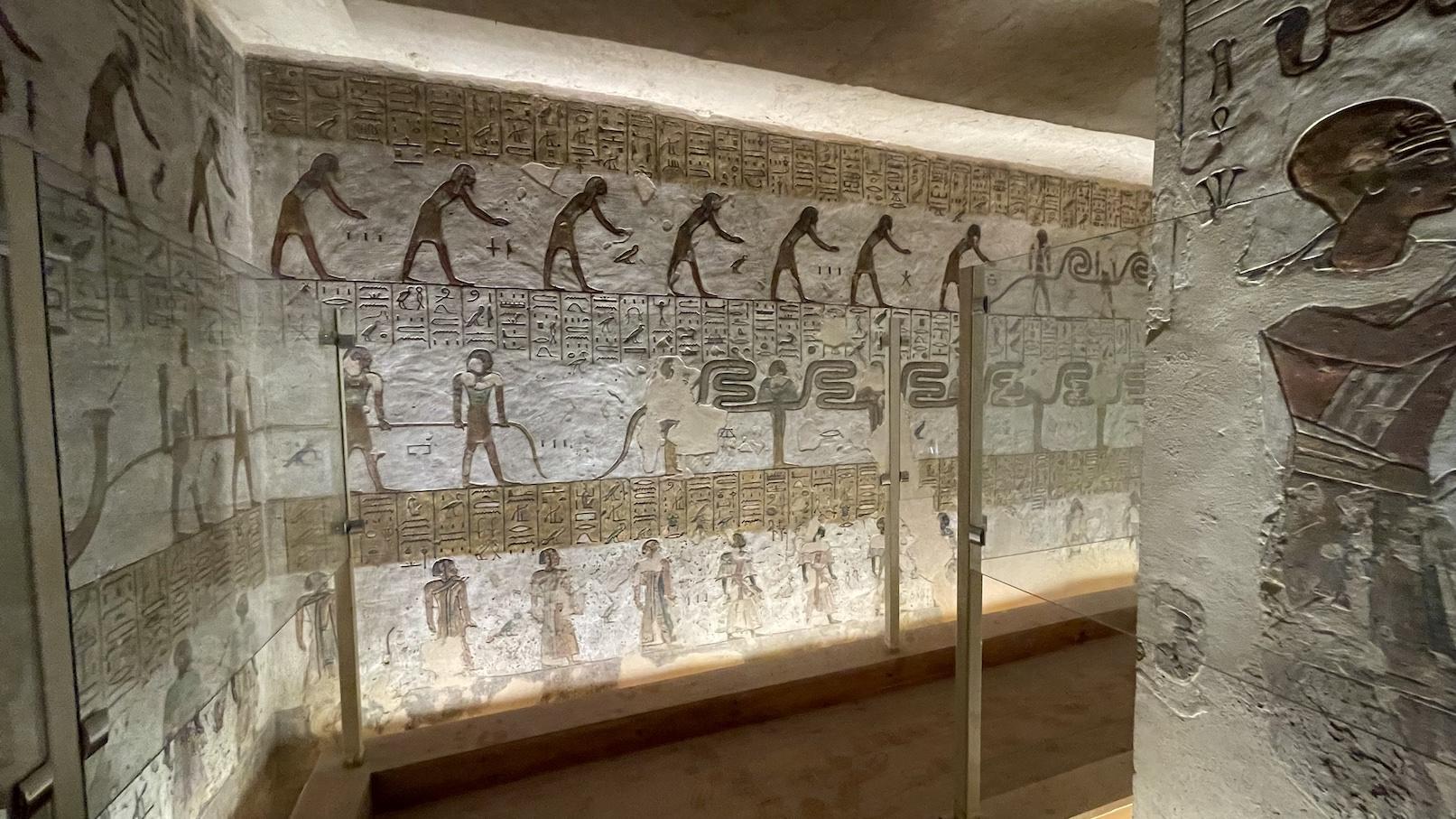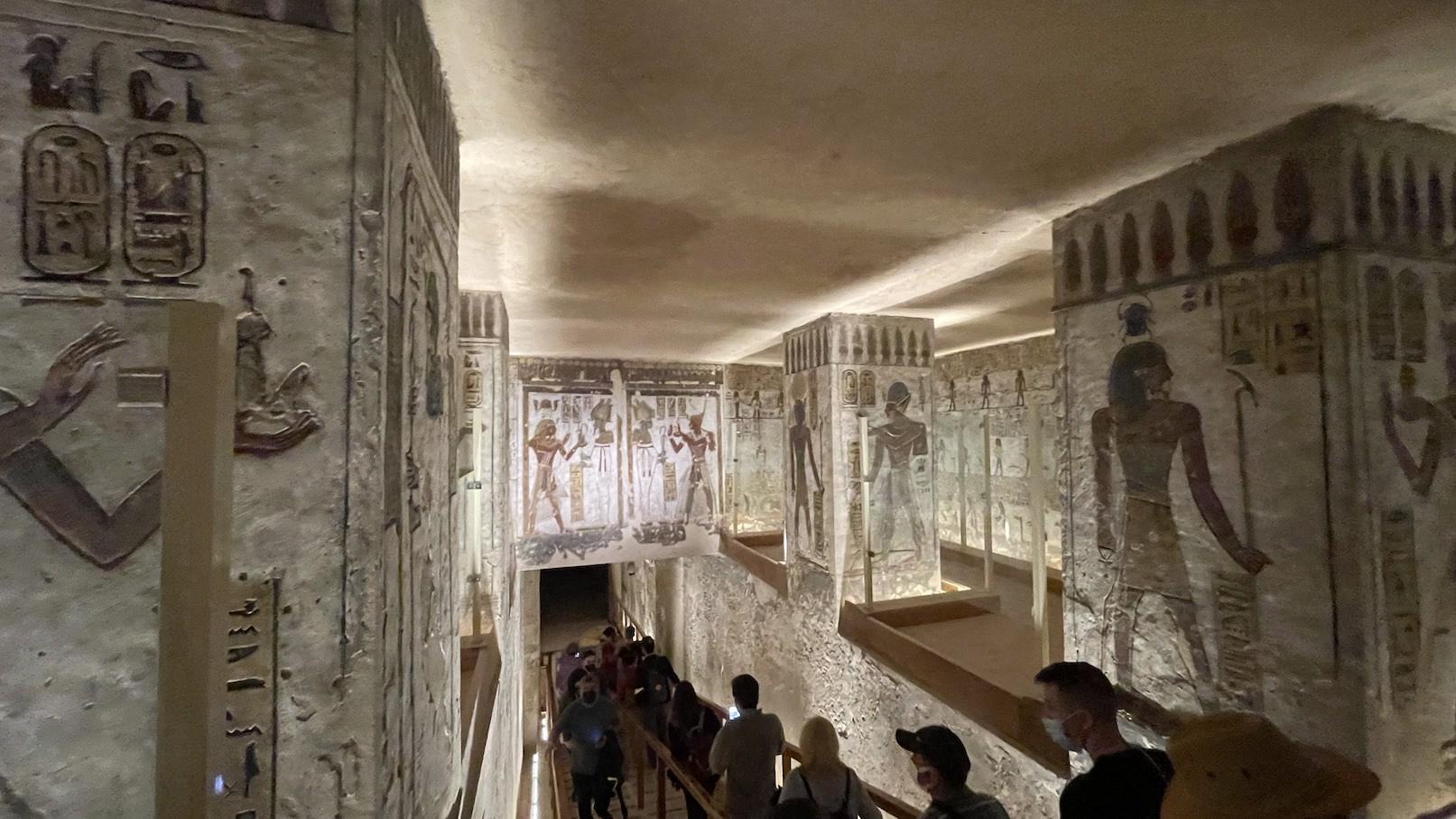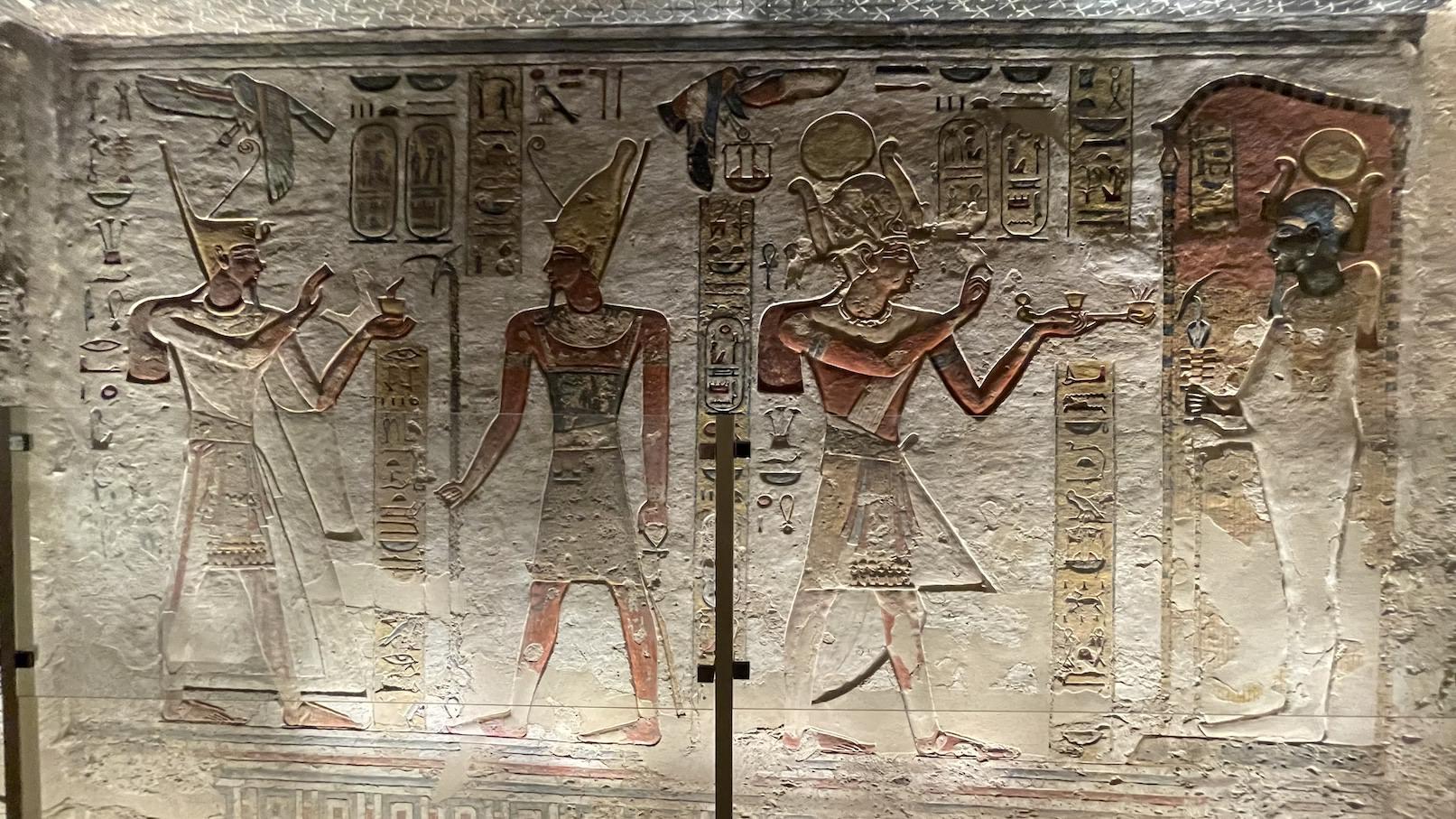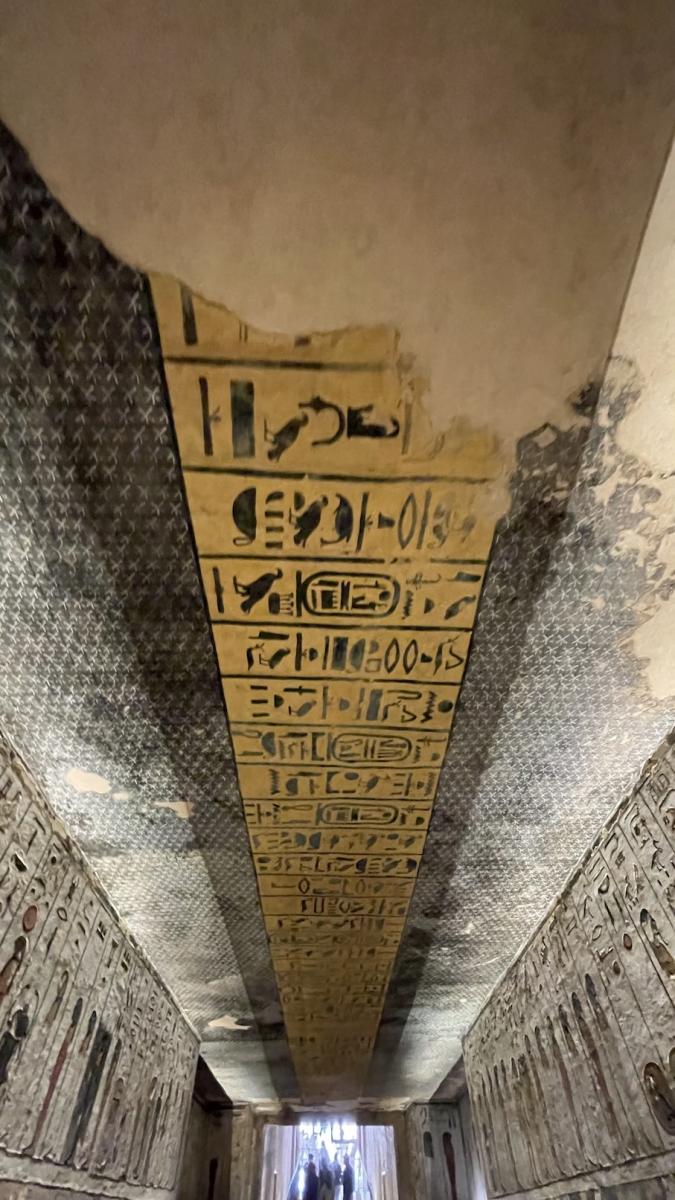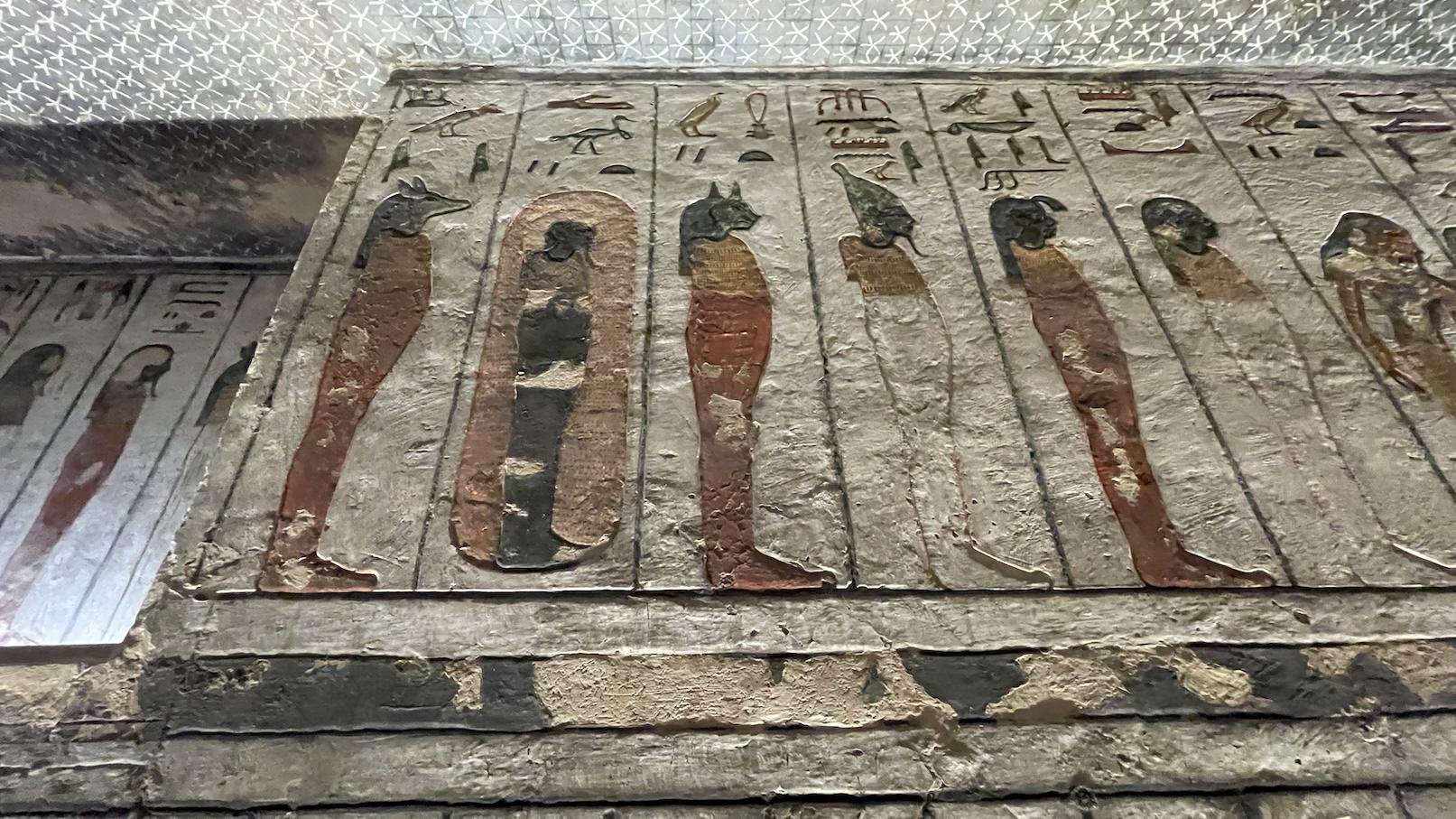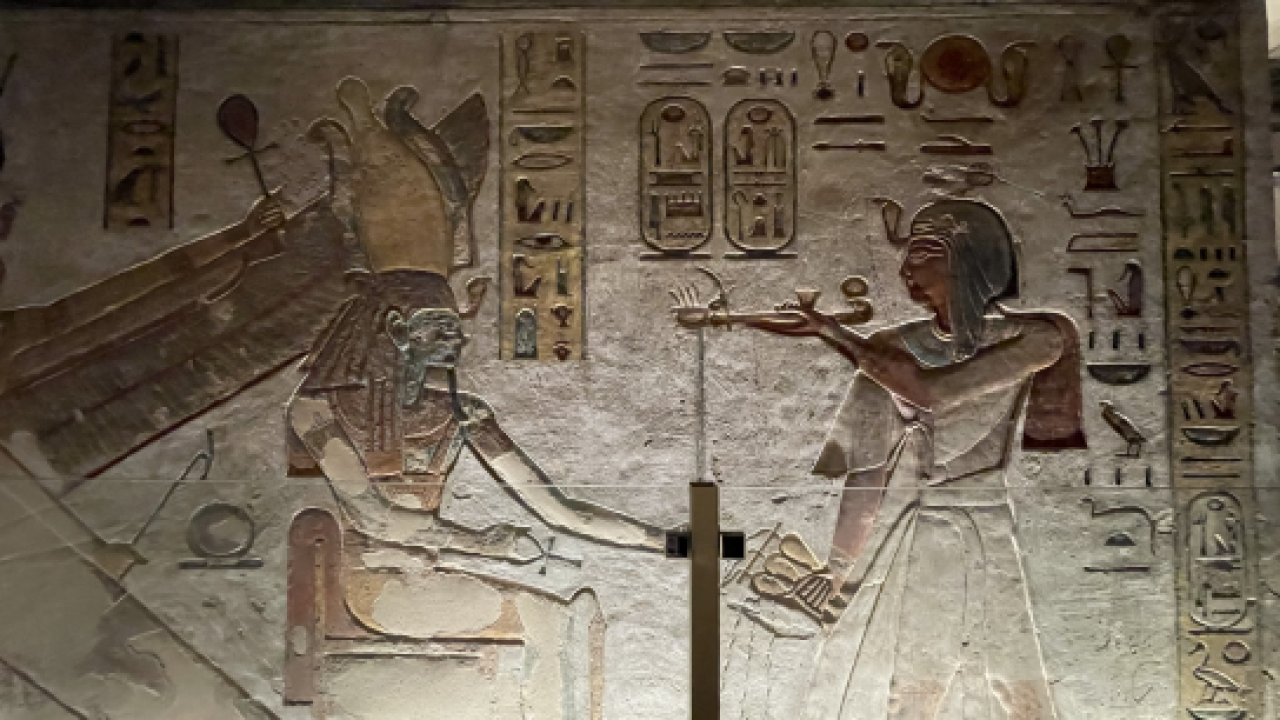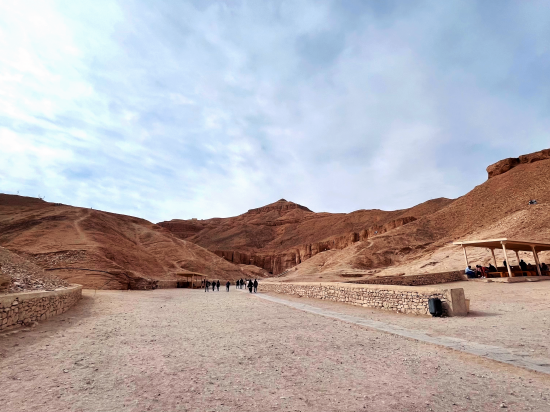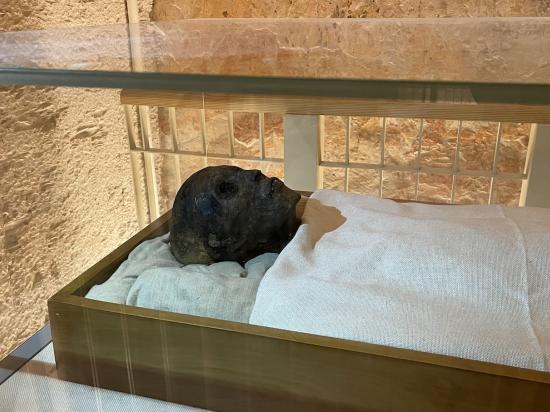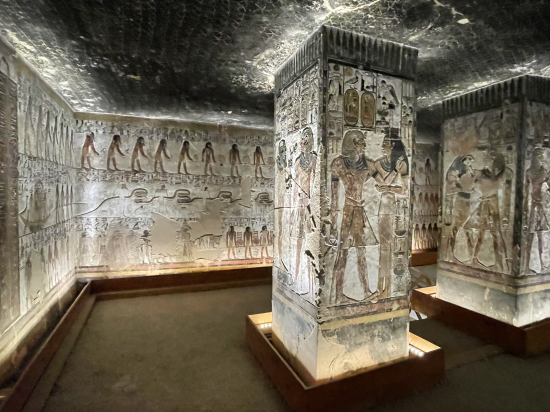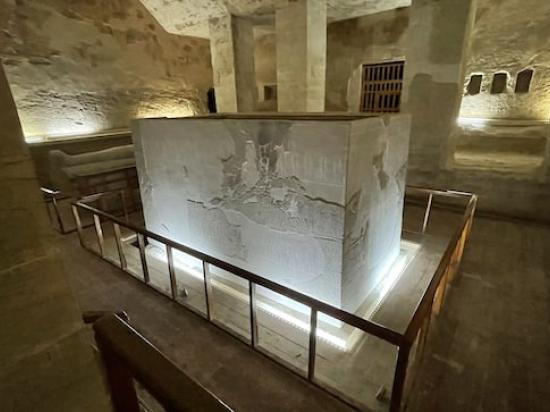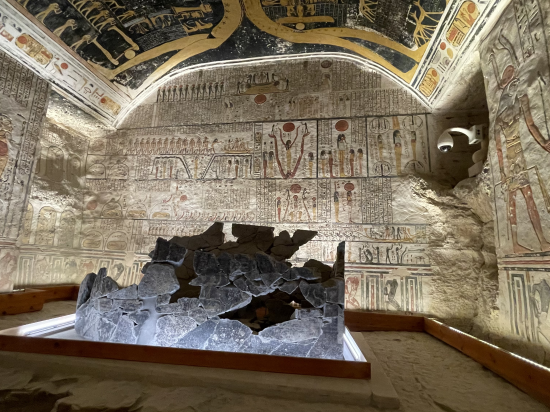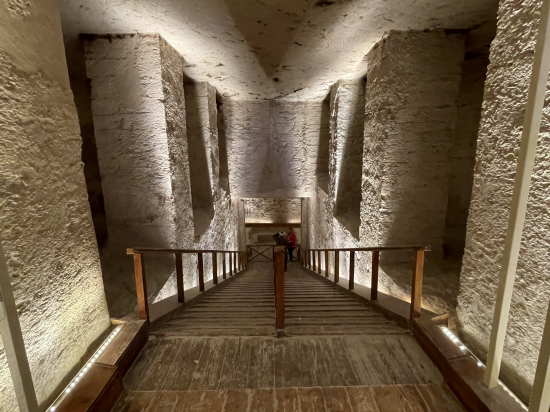The Tomb of Ramses V & Ramses VI
Ramses V and Ramses VI were pharaohs of ancient Egypt who ruled during the New Kingdom period, specifically in the 20th Dynasty. They both share a tomb in the Valley of the Kings (KV9), located on the West Bank of the Nile near Luxor. While each pharaoh typically had their own tomb, there are instances where tombs were reused or shared among royalty due to various reasons.
Ramses V (Usermaatre Sekheperenre):
Ramses V ascended to the throne around 1149 BCE and ruled for a relatively short period, until approximately 1145 BCE. His reign is not well-documented, and historical records suggest that it was a time of economic challenges and potentially internal strife.
Ramses VI (Usermaatre Meryamun):
Ramses VI succeeded Ramses V, ruling from around 1145 BCE to 1137 BCE. His reign faced similar challenges, including economic difficulties and social unrest. Despite this, Ramses VI continued some construction projects and temple restorations.
Shared Tomb (KV9) in the Valley of the Kings
Ramses V originally started the construction of the tomb, but he died before its completion.
Ramses VI, his successor, completed the tomb and used it as his final resting place. The tomb features a long corridor, multiple chambers, and intricate decorations, showcasing the typical design of royal tombs in the Valley of the Kings.
The decision to share a tomb may have been influenced by practical considerations, such as time constraints or economic factors. Constructing a new tomb was a resource-intensive endeavor, and completing an existing tomb could save time and resources.
It's also possible that the reuse of tombs reflects the challenges and uncertainties during this period, where economic strain and political instability may have impacted royal construction projects.
The Valley of the Kings contains numerous tombs of pharaohs and high-ranking officials from the New Kingdom period. While many pharaohs had individual tombs, instances of tomb-sharing or reuse were not uncommon, especially during times of economic challenges or dynastic transitions. The shared tomb of Ramses V and Ramses VI is an example of such reuse, providing insights into the practicalities and complexities of royal burial practices in ancient Egypt.
The Tomb of Ramses V and VI is an ancient Egyptian tomb complex located in the Valley of the Kings on the west bank of the Nile River in Luxor, Egypt. The tomb complex consists of two separate tomb chambers, one for Ramses V and one for Ramses VI, who were both pharaohs of the 20th dynasty (1189-1077 BC).
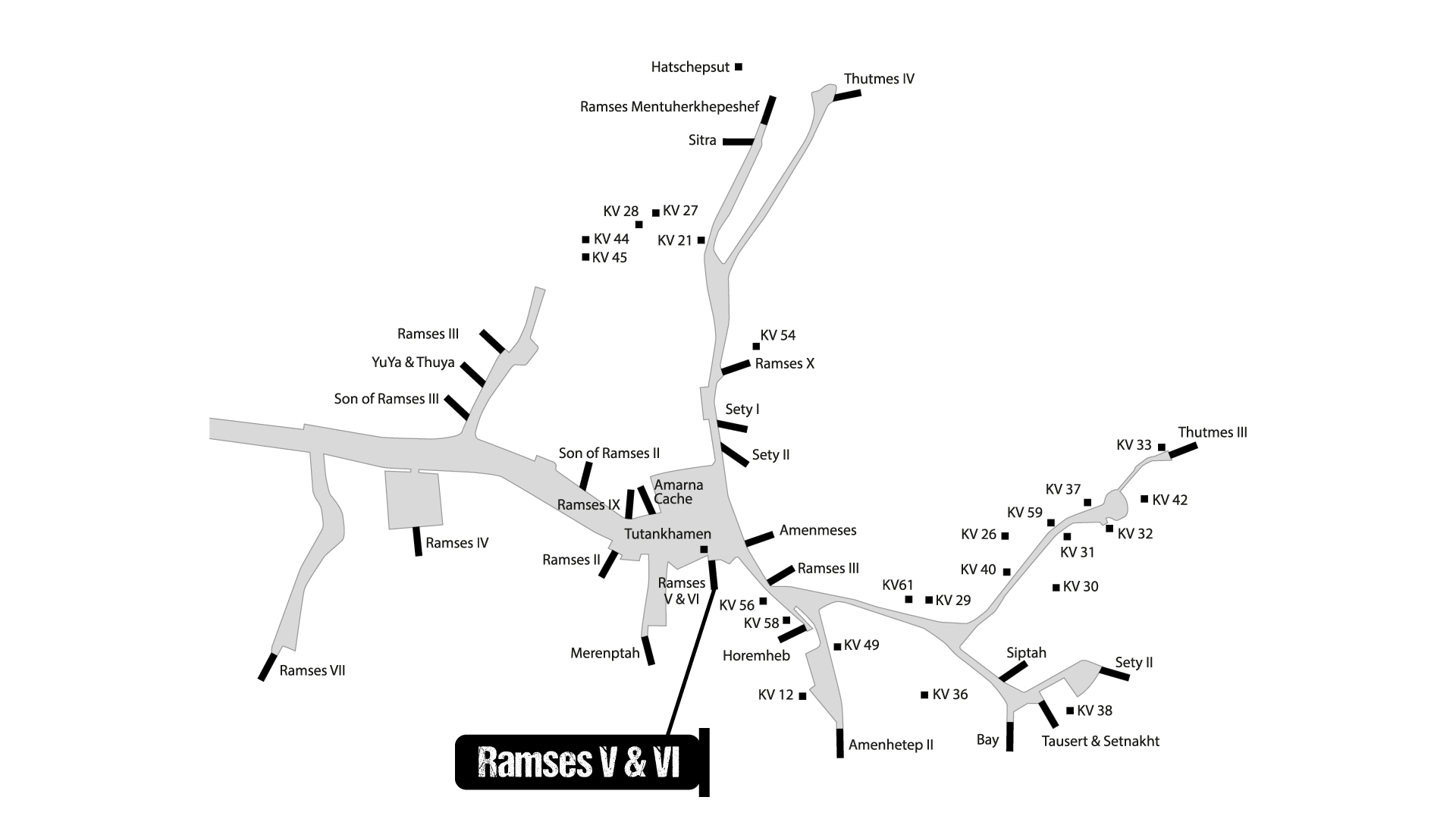
The tomb of Ramses VI is larger and more elaborate than the tomb of Ramses V. It features a series of corridors and chambers decorated with stunning reliefs and paintings that showcase the pharaoh's military campaigns, religious rituals, and interactions with the gods. The tomb also contains a large sarcophagus chamber with several sarcophagi, including a massive red granite sarcophagus that was intended for Ramses VI but was never used.
The Tomb of Ramses V and VI is significant not only for its impressive decorations but also for the insights it provides into ancient Egyptian beliefs and rituals surrounding death and the afterlife. The tomb complex is open to visitors and remains one of the most popular tourist attractions in Luxor.
